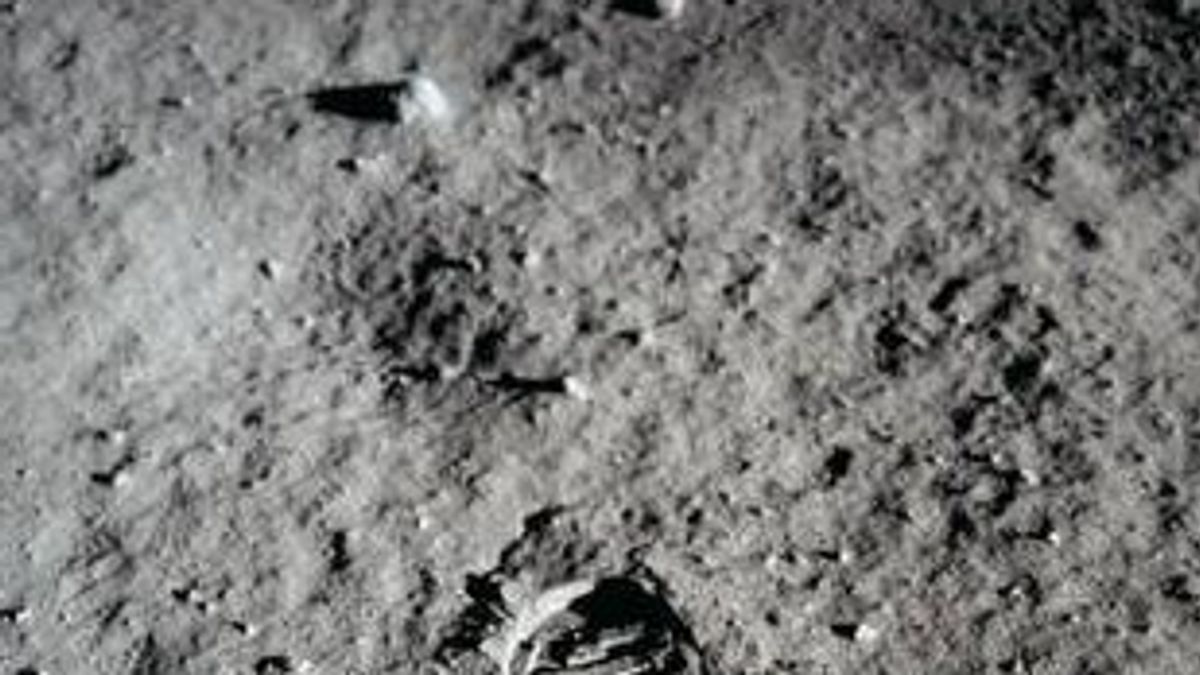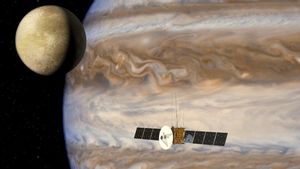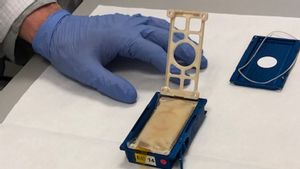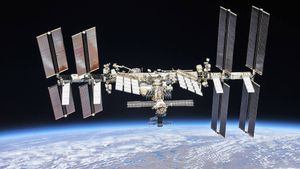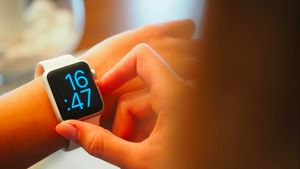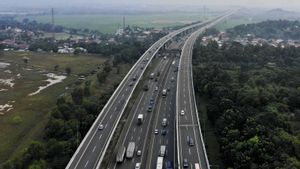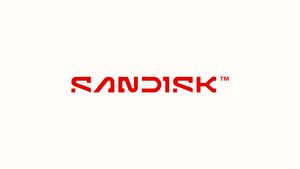JAKARTA - During the Apollo missions, NASA brought home a lot of rock debris and dust from the moon. In his research, Moon particles turned out to be quite dangerous for humans.
Generally, dust on Earth is in the form of small particles, but on the surface of the Moon, dust looks sharp like glass and can damage human lungs if inhaled. NASA's Glenn Research Center in Cleveland is working to reduce the dust hazard.
"We learned from Apollo that lunar dust can be less than 20 microns (about 0.00078 inches). The dust is very fine, abrasive, and sharp, like tiny shards of glass, making it more dangerous than an ordinary nuisance", said the lead researcher on the dust shedding program. passive at NASA Glenn, Sharon Miller quoted from the official NASA website.
Coming Soon ️ @NASA_SLS Core StageTeams are continuing final preparations to lift, place & secure the Space Launch System core stage on the mobile launcher. When integrated, the core stage & twin boosters will provide more than 8.8 million lbs of thrust to launch #Artemis I. pic.twitter.com/CmvaVfsKY3
— NASA's Kennedy Space Center (@NASAKennedy) June 10, 2021
Under the Artemis program, NASA plans to return to the Moon in the coming years, bringing astronauts and unmanned equipment to the Moon's surface.
The space agency explained that they learned some difficult lessons about lunar dust during the Apollo missions. Including the causes of clogged equipment, and what damages spacesuits, causes radiators to overheat, and even interferes with the functioning of various instruments.
Of course, this research will require advanced technology to reduce the problem if the space agency hopes to carry out long-term missions on the Moon. Therefore, this research involves the Lunar Surface Innovation Initiative (LSII) of NASA's Space Technology Mission Directorate in 2019.
Dust mitigation is one of the key areas of capability that LSII addresses, which looks at active and passive mitigation technologies for various exploration systems, such as rovers, power systems, spacesuits, and other surface hardware exposed to dust.
This cross-agency effort is behind the development of technologies designed for lunar exploration, including new technologies that will help deal with lunar dust particles. Currently, the LSII team is evaluating passive and active technologies that will help protect various types of equipment and systems from dust.
SEE ALSO:
Like most NASA initiatives, the space agency will not do it alone. NASA is seeking partners in industry, academia, and other organizations to help identify ways to deal with lunar dust.
"We certainly want to collaborate with others outside of NASA. We feel there will be commercial space openings in the future, and we want to work with the best of minds", explains Glenn's moon dust mitigation project manager, Dr. Erica Montbach.
Some of these technologies are already under development and NASA plans to start testing them on the Moon in 2023. The technology systems could someday be used for Mars missions too.
The English, Chinese, Japanese, Arabic, and French versions are automatically generated by the AI. So there may still be inaccuracies in translating, please always see Indonesian as our main language. (system supported by DigitalSiber.id)
